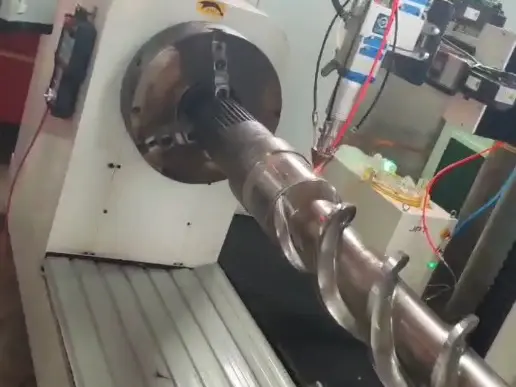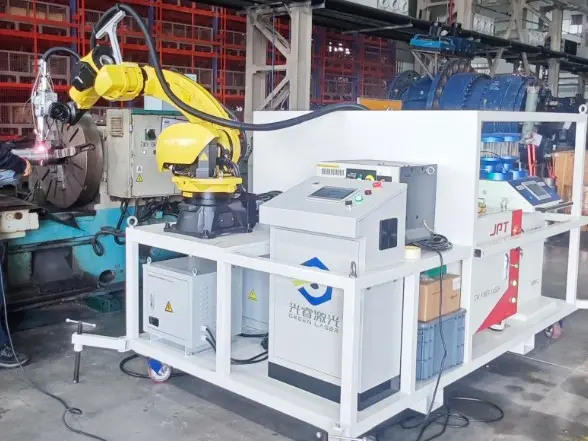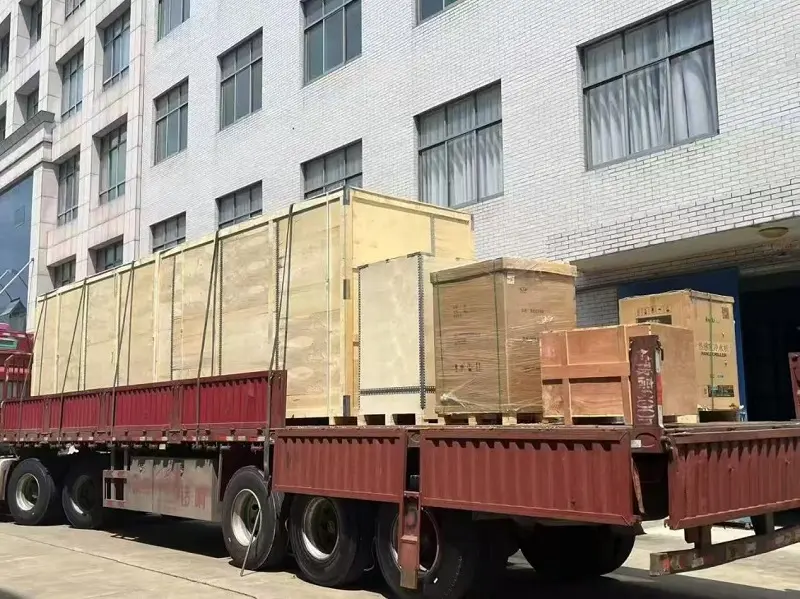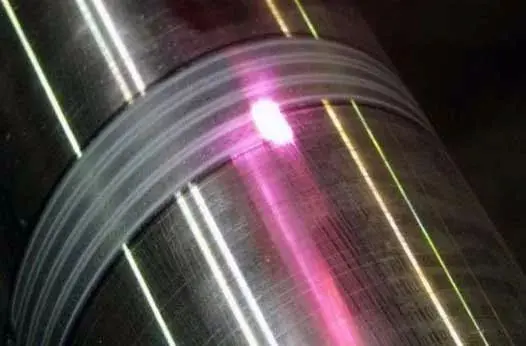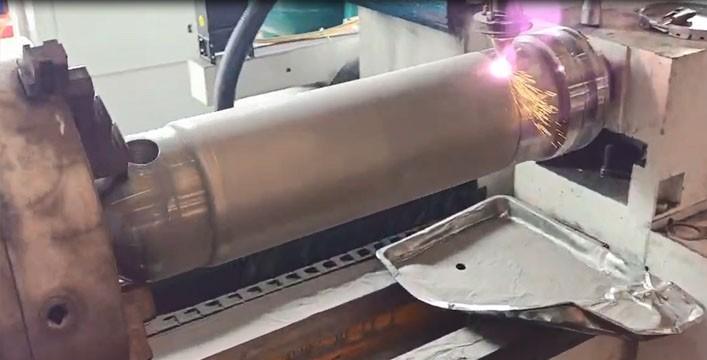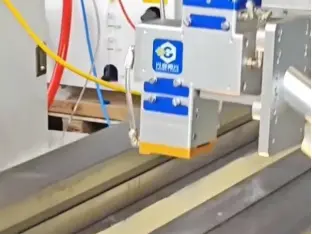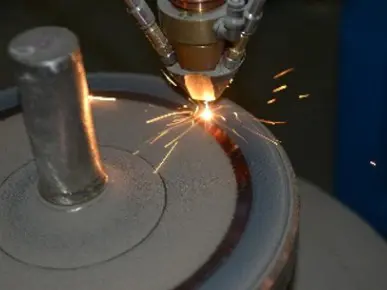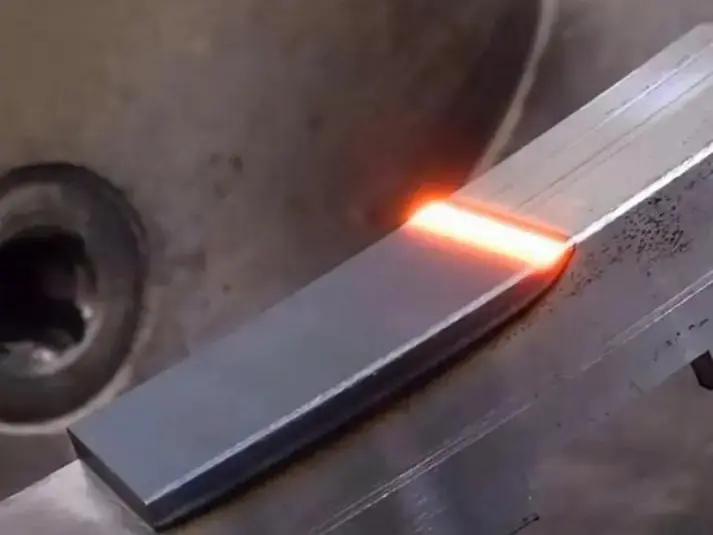Application and development of laser surface quenching technology in automotive mold heat treatment
With the rapid development of the automotive industry and continuous advancements in manufacturing capabilities, automotive molds have become critical process equipment in automobile production. Their quality and performance directly determine the precision, lifespan, and production efficiency of automotive components. Among various surface strengthening technologies, laser surface hardening has gained significant attention in recent years for its advantages including high energy density, rapid heating/cooling, minimal deformation, and environmental friendliness. This paper aims to systematically examine the current applications, key challenges, and future development trends of laser hardening technology in automotive mold manufacturing.
I. Basic principle and characteristics of laser quenching technology
Laser quenching is a process that utilizes high-energy laser beams to rapidly heat and cool metal surfaces, achieving surface strengthening through phase transformation hardening. This technology features a small heat-affected zone, minimal workpiece deformation, no coolant requirement, and easy control of hardened layer depth and distribution. It is particularly suitable for complex-structured automotive molds with high precision requirements, such as stamping dies, injection molds, and die-casting dies. In automotive mold manufacturing, laser quenching not only significantly enhances surface hardness, wear resistance, and fatigue strength of molds but also effectively maintains the toughness of the mold substrate, thereby extending service life and reducing maintenance costs.
II. Specific application scenarios in automotive mold
Automobile mold, especially large cover sheet stamping mold, interior part injection molding and parts die casting mold, is the main battlefield for laser quenching technology to show its strength.
1. The cutting edge and key stress surface of the stamping die are strengthened
The stamping dies of the car shell and structural parts (such as doors, engine covers, and longitudinal beams) are huge in size and expensive in value. The cutting edge of the trimming die, the drawing rib of the drawing die, and the corner of the convex and concave die are subjected to severe friction and impact during work, which are easy to wear.
Application: Laser quenching is employed to locally reinforce critical areas, creating a fine hardened zone on the blade surface with hardness reaching HRC 58-62. This significantly enhances wear resistance by several times, effectively preventing blade fracture and wear, thereby substantially extending the mold maintenance cycle and service life. For instance, a laser-quenched set of automotive body panel trimming dies can extend their grinding lifespan from 100,000 to over 500,000 stamped parts.
2. Surface corrosion resistance and fatigue resistance of die cavity in die casting
The cavity surface of aluminum alloy die casting mold such as engine cylinder body and gearbox housing is prone to thermal fatigue crack (crack), melting loss and erosion under the repeated scouring of molten metal at high temperature and high pressure.
Application: Laser quenching of die-casting mold cavities manufactured from H13 and other heat-resistant mold steels significantly enhances surface high-temperature hardness, thermal fatigue resistance, and resistance to molten metal erosion. The refined martensitic structure effectively inhibits crack initiation and propagation, extending mold service life by 1-2 times while maintaining consistent casting quality.
3. Improve the wear resistance and demolding performance of injection mold
The injection mold of plastic parts such as auto interior parts and lamps, the moving parts such as ejector pins, flow channels, sliders and cavity surfaces are eroded by glass fiber reinforced plastic for a long time, which is easy to lead to oversized dimensions and decreased surface finish.
Application: Laser quenching of these areas improves wear resistance while maintaining minimal deformation that preserves the mold's high-precision fit. The hardened layer also reduces plastic adhesion, enhances demolding performance, decreases release agent usage, and improves production efficiency with superior surface quality.
4. Online repair and remanufacturing of molds
For expensive molds that are worn or damaged locally due to misoperation, the overall replacement cost is extremely high. Laser quenching can be used as the final process of repair.
Application: After the completion of laser cladding and other additive repair, laser quenching treatment is carried out on the repair area and its joint, which can make the hardness of the repair area and the matrix reach the same or even higher, restore its service performance, realize low cost and high quality mold remanufacturing, save a lot of costs.
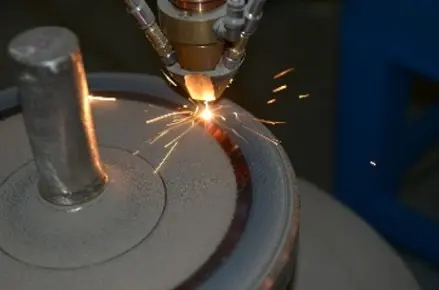
III. Technology Development Trends and Prospects
With continuous advancements in laser technology, control systems, and materials science, laser quenching demonstrates vast potential for future automotive mold manufacturing. On one hand, high-power multi-axis laser processing equipment will become more widespread, enabling intelligent and fully automated surface quenching through machine vision and online monitoring systems. On the other hand, by integrating laser processes with preheating and post-heating treatments, cracking tendencies can be effectively suppressed for challenging materials like high-carbon steel and cast iron, thereby expanding the range of applicable materials. Furthermore, virtual quenching process simulations based on digital twin technology will significantly reduce experimental costs and enhance process development efficiency. Combined with big data and cloud platforms, remote operation maintenance and shared optimization of laser quenching processes are expected to become feasible in the future.
Laser surface quenching technology is emerging as a pivotal solution in automotive mold heat treatment. As the industry shifts toward lightweight and high-strength manufacturing, this technique must achieve breakthroughs in process stability, material adaptability, and intelligent control systems. Through deep integration of industry-academia-research collaboration and interdisciplinary cooperation, laser quenching technology will play an increasingly vital role in the automotive mold sector, providing robust support for advancing the high-quality development of the automotive manufacturing industry.

